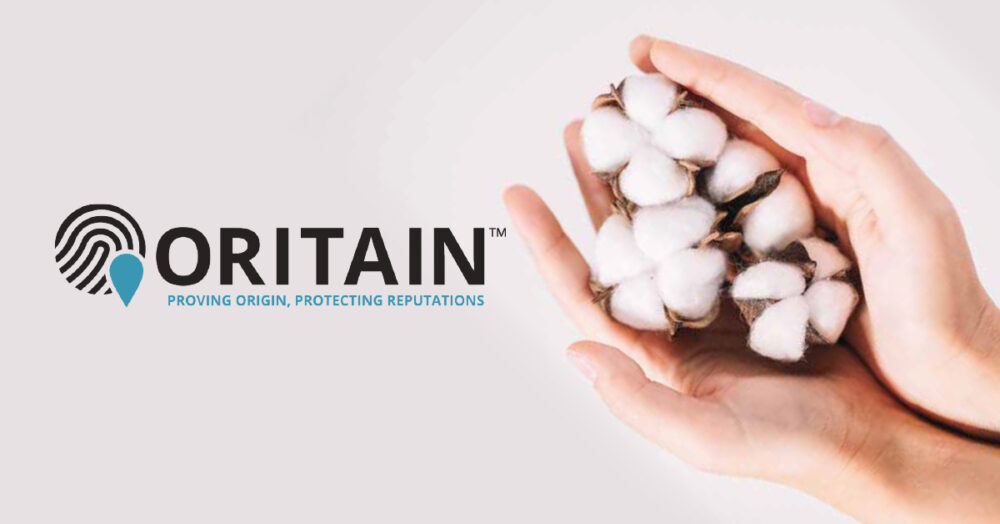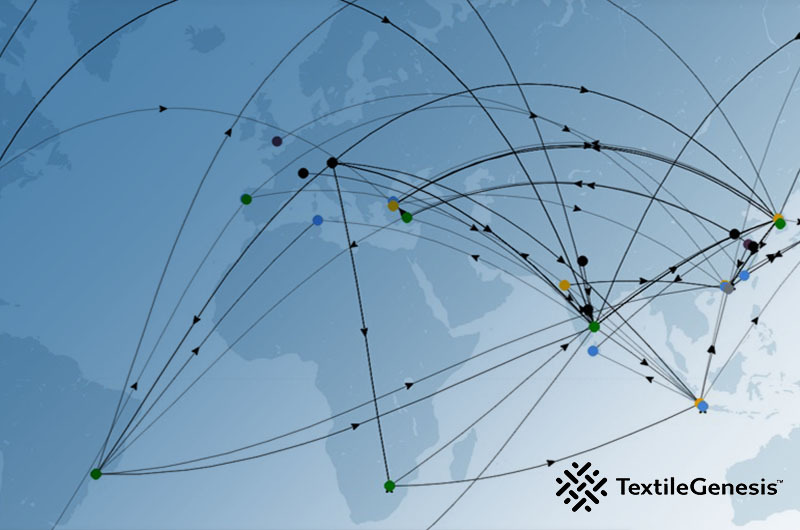For the conscious consumer, the gap between what a brand says and what a brand does has long been a source of contention. For many, this stems from the lack of transparency. Without visibility into a brand’s supply chain, how can you be sure if what it says is true?
Adding to the confusion is an industry grappling with the very definition of fair trade, ethical production, transparency - and all their many nuances. They permeate every aspect of business. So which part do you make transparent? What do you communicate? And how do you prove it?
Transparency is certainly central to most agreed understandings of sustainable practice and, behind that, the concept of traceability. But, until recently, there hasn’t been a tangible way to prove that what you make transparent is actually the case.
A brand may make public the fact that they source cotton from the United States - well known for its long history of innovation and quality - but once that cotton leaves the U.S. and begins its journey through fashion’s fragmented and global supply chain, how can you be sure that that very same cotton is the one that ends up in your garment?
Adding to the stakes is the growing awareness of forced, child and illegal labour rife among certain popular cotton growing regions - many of which are some of the biggest growing regions in the world. The thought of cotton farmed in this way is particularly distressing in 2020. Even more distressing is the thought that much of this cotton might find its way into the clothes on our back.
The ubiquity of cotton produced in this way, the homogeneity of cotton to the naked eye, and the cross contamination of production facilities working with brands and suppliers from all over the world make material adulteration and substitution incredibly easy. Variations in cotton quality and price provide the financial stimulus. And the difficulty in apportioning blame provides the incentive.
Cue the rise of traceability. The ability to trace a raw material or product back through the supply chain to its original point of origin is key to ensuring that the cotton in your clothes was farmed in an ethically, socially and environmentally fair way. For the conscious consumer, full traceability like this—that underpins transparency and brand claims—represents the safe choice. And is now completely possible.
Through our partnership with COTTON USA, we are able to offer the world’s first fully traceable and safe cotton. At Oritain, we use an innovative combination of forensic science and statistics to analyse products and raw materials and verify where they came from.
We’ve been working with COTTON USA over the last few years to analyse and understand what authentic US cotton looks like and create its very own ‘Origin Fingerprint’. This allows us to take any garment produced anywhere in the world, at any point in the supply chain, and test it to see if the cotton it is made from is from the U.S. or not.
Whilst there are only a few growing regions that are guilty of farming using forced or illegal labour, the inability to prove the origin of the good ones creates huge risk for brands.
Having a safe, trusted and high quality source of cotton that you can irrefutably prove the origin of gives brands a fully transparent and traceable cotton for the first time ever. And one in which consumers can buy happily knowing that they are supporting fair, responsible practices.
And for the conscious consumer in all of us, it represents a big step in closing the chasm between saying and doing, between actions and words, and, most importantly, between promises and change.




